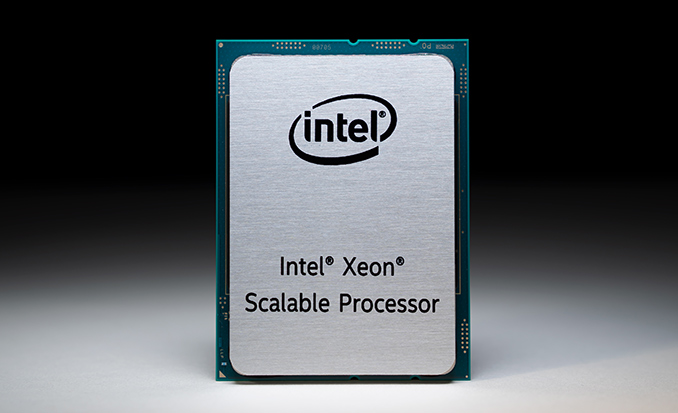- Joined
- Oct 9, 2007
- Messages
- 47,912 (7.37/day)
- Location
- Dublin, Ireland
| System Name | RBMK-1000 |
|---|---|
| Processor | AMD Ryzen 7 5700G |
| Motherboard | Gigabyte B550 AORUS Elite V2 |
| Cooling | DeepCool Gammax L240 V2 |
| Memory | 2x 16GB DDR4-3200 |
| Video Card(s) | Galax RTX 4070 Ti EX |
| Storage | Samsung 990 1TB |
| Display(s) | BenQ 1440p 60 Hz 27-inch |
| Case | Corsair Carbide 100R |
| Audio Device(s) | ASUS SupremeFX S1220A |
| Power Supply | Cooler Master MWE Gold 650W |
| Mouse | ASUS ROG Strix Impact |
| Keyboard | Gamdias Hermes E2 |
| Software | Windows 11 Pro |
A future AMD graphics architecture could implement BFloat16 floating point capability on the silicon. Updates to AMD's ROCm libraries on GitHub dropped a big hint as to the company implementing the compute standard, which has significant advantages over FP16 that's implemented by current-gen AMD GPUs. BFloat16 offers a significantly higher range than FP16, which caps out at just 6.55 x 10^4, forcing certain AI researchers to "fallback" to the relatively inefficient FP32 math hardware. BFloat16 uses three fewer significand bits than FP16 (8 bits versus 11 bits), offering 8 exponent bits, while FP16 only offers 5 bits. BFloat16 is more resilient to overflow and underflow in conversions to FP32 than FP16 is, since BFloat16 is essentially a truncated FP32. The addition of BFloat16 is more of a "future-proofing" measure by AMD. Atomic operations in modern 3D game rendering are unlikely to benefit from BFloat16 in comparison to FP16. BFloat16, however, will pay huge dividends to the AI machine-learning community.

View at TechPowerUp Main Site

View at TechPowerUp Main Site








